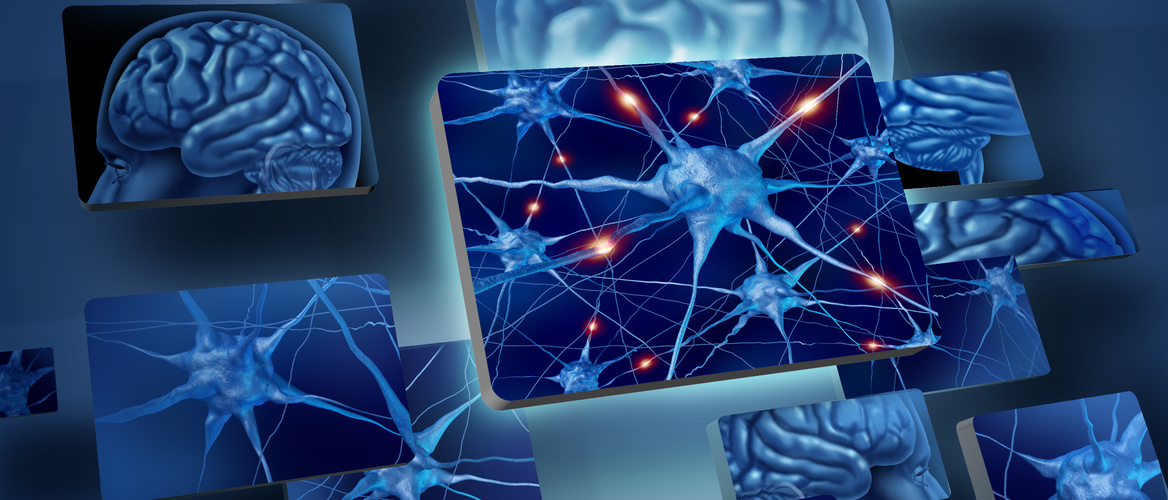
Choose a channel
Check out the different Progress in Mind content channels.

Progress in Mind

Neuroimaging techniques demonstrate a 20-year pathophysiological pathway preceding the development of Alzheimer’s disease (AD) and implicate astrocyte activation in initiating AD pathology, explained neuroimaging pioneer, Agneta Nordberg, Professor of Clinical Neuroscience, Karolinska Institute, Sweden, at AAT-ADPD.
A complex pathophysiological process —β-amyloid deposition followed by tau body deposition, neurodegeneration and finally cognitive decline — leads to the development of clinical AD, said Professor Nordberg. It is now time to integrate astrocytosis and microglial activation into the cascade, she added.
Astrocyte activation appears to be implicated in initiating AD
Astrocytosis occurs earlier in the disease time course than β-amyloid and tau deposition and cerebral glucose hypometabolism, and there are early and late peaks in microglial activation in the AD trajectory, Professor Nordberg explained.
Astrocytes have many brain functions, and there is a bidirectional metabolic and signaling relationship between neurons and astrocytes, Professor Nordberg said.
Molecules and metabolic processes within brain cells are visualized using PET
Astrocytes surround β-amyloid plaque, but are also detected where there is no plaque. Professor Nordberg suggested that they may be involved in the regulation of synaptic plasticity and may be directly involved in the uptake and degradation of β-amyloid. She added that although astrocytes are distributed throughout the brain, like tau protein, there is a large presence in the hippocampus.
Microglia are the resident phagocytes of the brain and mediate immune responses. They monitor for and respond to neuronal death and or protein aggregates by releasing inflammatory mediators such as interleukin. The brain is under continual surveillance by the microglia, said Professor Nordberg.
The molecules and metabolic processes within brain cells can be visualized using positron emission tomography (PET) neuroimaging. The development of tracers – positron-emitting radionuclides – that bind to specific molecules in the brain, show the pattern, extent and location of early molecular changes that precede clinical AD.
The pathophysiological time course of AD can be mapped out using tracers and PET. These techniques can also be used for preclinical and early diagnosis of AD enabling timely application of therapeutic strategies to delay or halt progression of the disease; and to monitor AD in relation to the associated cognitive impairment.
Important targets for PET tracers to inform understanding of AD pathophysiology and its time course are glucose uptake, β-amyloid plaques, tau protein and neuroinflammation (astrocyte and microglial activation). Professor Nordberg described the following techniques and significant findings.
The pathophysiological time course of AD can be mapped out using tracers and PET
If you are interested in knowing more about brain imaging techniques you can read the in depth article developed by the Lundbeck Institute Campus.
Professor Nordberg highlighted that evidence suggests a negative correlation between gray matter density and astrocytosis, and hypothesize that astrocytosis precedes β-amyloid plaque deposition. She also mentioned that an increased cortical thickness and caudate volume, which precedes atrophy in PSEN1 mutation carriers, might reflect the inflammatory process.
Microglial activation occurs later than astrocyte activation, and is an early plaque-independent inflammation, Professor Nordberg said.
The understanding of the pathophysiological time course of the disease has been possible using multitracer PET in autosomal dominant AD (ADAD):
Professor Nordberg noted that β-amyloid and tau accumulate with time in ADAD. No β‑amyloid or tau is detected in patients aged in their late 20s, but is detected in increasing abundance as they increase in age to their late 40s.
Astrocytosis is a potential target for new therapeutic interventions
Professor Nordberg concluded her presentation by suggesting that the time course of AD starts up to 20 years before clinical AD by a peak of astrocytosis, which declines before diagnosis. This is followed by β-amyloid deposition and then the first peak of microglial activation. Subsequent tau protein deposition is followed by neurodegeneration and subsequent cognitive decline. Microglial activation peaks again after AD diagnosis.
The prominent initially high and then declining astrocytosis in AD during disease progression, contrasting with the increasing β-amyloid plaque load, suggests that astrocyte activation is implicated in the initiation of AD pathology. It could therefore be a potential target for new therapeutic interventions.